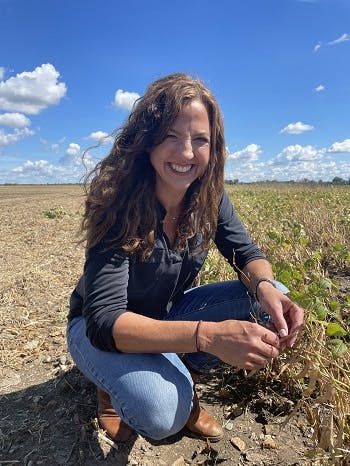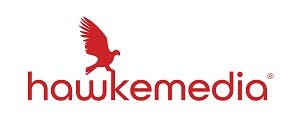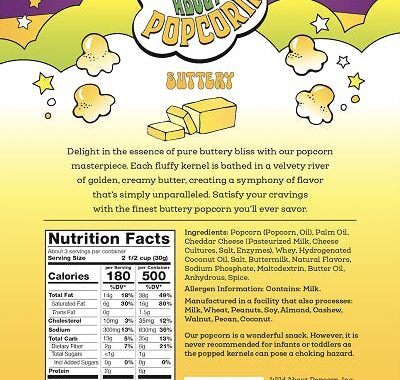This summer, RangeMe, and our Preferred Services partners will launch a series of weekly content aimed at providing emerging brands with insights to help them boost sales, maintain strong cash flow, elevate advertising, optimize logistics, and champion environmental sustainability as they gear up for this year’s Black Friday/Cyber Monday season.
The series, collectively titled S.C.A.L.E (for Sales, Cash Flow, Advertising & Awareness, Logistics, and Environmental Sustainability) brings together the expertise and experience of RangeMe Services members KickFurther, Hawke Media, ShipBob, and Ecodrive to equip brands with best practices to help them grow and thrive.
“Each of our Preferred Partners participating in S.C.A.L.E. have expertise in key areas related to CPG growth,” says Vir Satyan, SVP of Supplier Success at RangeMe. “They will share knowledge gained from their collective experience in helping steer hundreds of CPG brands along a path to success.”
The series kicks off the week of July 15th, with each week featuring a variety of content from a different partner. Following is the S.C.A.L.E. summer content schedule:
Week of July 15: Hawke Media
Digital marketing agency Hawke Media will host a webinar in which Senior Growth Expert & GM of Hawke Capital, David Chon, will discuss how to …




